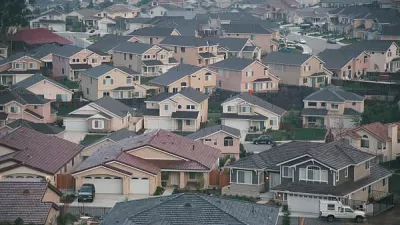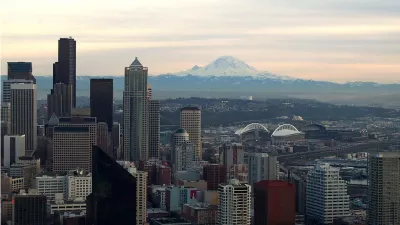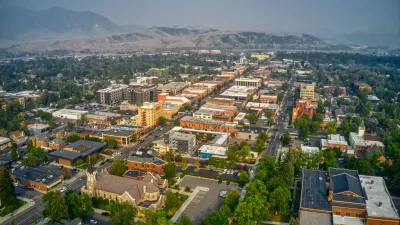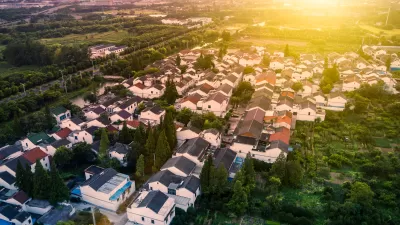The perception that a city has reached its maximum population and nobody else should be allowed in, or nothing should be allowed to change, is limiting the potential of our cities and increasing housing inequality.

Emily Badger of The Washington Post's Wonkblog tackles the question of how we determine when a city just can't take any more people by comparing our densest cities with those around the world, and discovering we're not necessarily as dense as we think. Further, an increase in population in one area results in economic and environmental benefits.
"Put more and more workers in one place, meanwhile, and you also get buzzing hubs like New York's Garment District or Boston's biotech corridor, where people working on the same problems bump into each other and share ideas and suppliers and become more productive. Put more people in a city, and the economy grows. It's the opposite of diminishing returns. The environmental costs, per person, can actually improve. In drought-stricken California, some of the lowest water consumption per capita is in San Francisco."
Badger notes that the use of environmental laws by NIMBYs, particularly in California, has led to greater economic inequality. The cost of housing has continued to rise as residents have blocked new housing, thereby limiting the supply for newcomers and stopping the natural evolution of our cities.
FULL STORY: There is no such thing as a city that has run out of room

Alabama: Trump Terminates Settlements for Black Communities Harmed By Raw Sewage
Trump deemed the landmark civil rights agreement “illegal DEI and environmental justice policy.”

Study: Maui’s Plan to Convert Vacation Rentals to Long-Term Housing Could Cause Nearly $1 Billion Economic Loss
The plan would reduce visitor accommodation by 25% resulting in 1,900 jobs lost.

Planetizen Federal Action Tracker
A weekly monitor of how Trump’s orders and actions are impacting planners and planning in America.

Wind Energy on the Rise Despite Federal Policy Reversal
The Trump administration is revoking federal support for renewable energy, but demand for new projects continues unabated.

Passengers Flock to Caltrain After Electrification
The new electric trains are running faster and more reliably, leading to strong ridership growth on the Bay Area rail system.

Texas Churches Rally Behind ‘Yes in God’s Back Yard’ Legislation
Religious leaders want the state to reduce zoning regulations to streamline leasing church-owned land to housing developers.
Urban Design for Planners 1: Software Tools
This six-course series explores essential urban design concepts using open source software and equips planners with the tools they need to participate fully in the urban design process.
Planning for Universal Design
Learn the tools for implementing Universal Design in planning regulations.
Caltrans
Smith Gee Studio
Institute for Housing and Urban Development Studies (IHS)
City of Grandview
Harvard GSD Executive Education
Toledo-Lucas County Plan Commissions
Salt Lake City
NYU Wagner Graduate School of Public Service





























